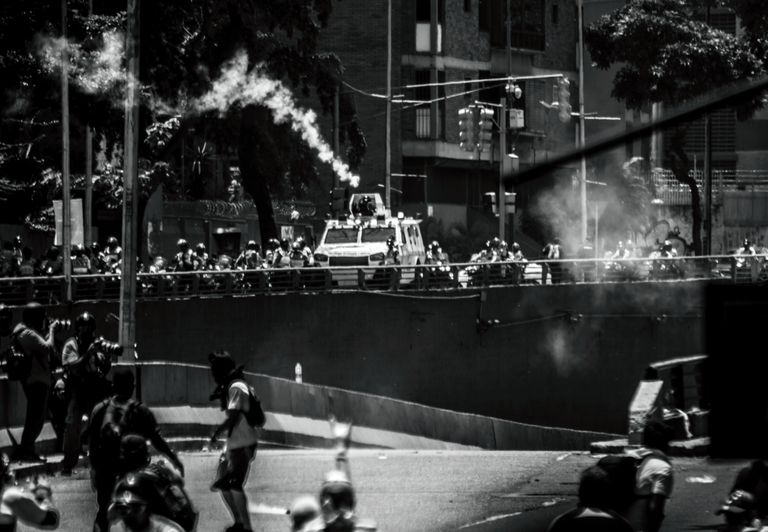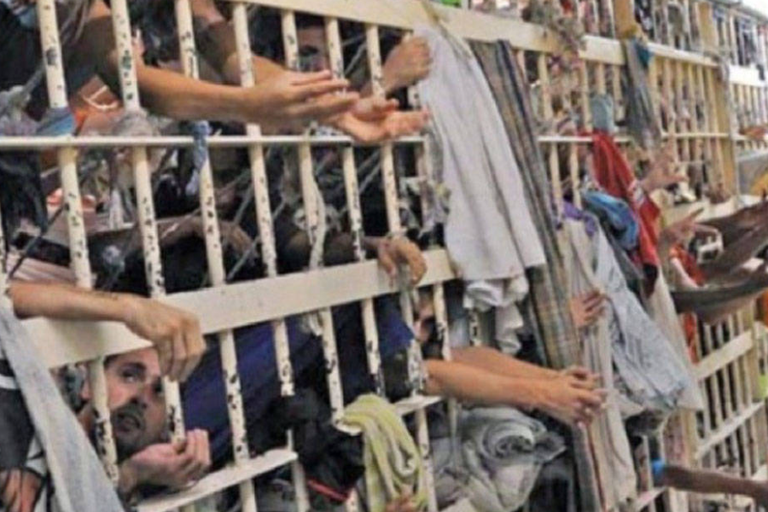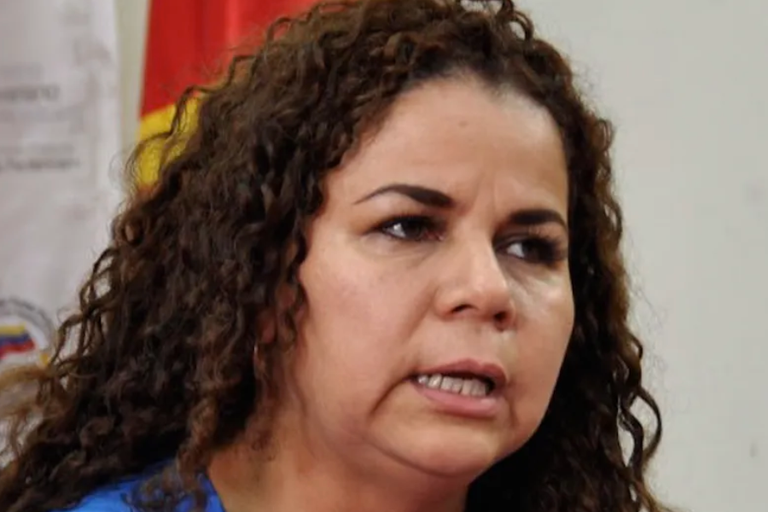
After reading "Los Brujos de Chávez" by David Placer, I corroborated many of my own perspectives and findings during my spiritual work with this country. The way the regime used religion and occultism for their strategy of social, political and economic control was known to me and most other Venezuelans, but the depth and detail of it could only be understood with serious, often risky research, which fortunately Placer was able and willing to do. He talked with witches and card readers, with politicians and military men, with current and former members of the government. He also read a lot of previously published works surrounding chavismo's practices. His commitment succeeded in painting a varied and rather colorful portrait of spirituality under chavismo; the rituals involving María Lionza, Guaicaipuro and Bolívar, along with other famous characters; the animal sacrifices performed at Miraflores Palace and other official locations, which at some point included lions brought from Africa; the human sacrifices involving children, which the book can't confirm but I sadly can; the use of human remains, even the ones held in Bolívar's coffin. The list of terrors is pretty long, but by no means comprehensive.
Placer wrote a second book called "El Dictador y sus Demonios" (The Dictator and his Demons,) focused on Nicolás Maduro's regime. Unlike the previous one, this book scarcely touches occultism and his only approach to religion is through the study of the Cult of Sai Baba, which Placer himself infiltrated after the guru's death, since Maduro claimed to be a devout cultist. However, it does go into terrible detail regarding Venezuela's penitentiary system, security forces and their abuses, the horrendous tortures devised for political prisoners, the sophisticated, Cuban-backed propaganda, the opulent lifestyle of chavista hierarchs and other layers of shadow. These two motifs, Sai Baba's Cult and chavismo's crimes, are frequently interconnected in the book, establishing a bone-chilling parallel between seemingly distinct phenomena.


In Venezuela's prisons, inmates are organized in arbitrary caste systems. There's a leader called "Pran", usually the top killer, the person with the most money and outside contacts. This inmate often ranks higher than official authorities and has access to many privileges barred for other prisoners, like an actual bed, air conditioning, a store of food (and a slave to cook for him,) internet connection and semi-loyal protectors, any of whom might make a play for the throne at any moment. Whoever's Pran gets to call the shots, literally. They decide who lives, who dies, who pays, who's tortured, who serves, who's treated well, etc.
Next in the hierarchy are the "Luceros" ("Stars" or "Lights",) the Pran's most trusted guards, who must keep watch inside the prison, collect protection payment from other inmates and protect the Pran. They have privileges as well, though less than the Pran, and they also have individual ranks depending on how much the Pran trusts them. Any and all privileges may be stripped without notice, so the Luceros strive to do their job well and arouse as little suspicion as possible. Generally, in order to take over the prison, an aspiring Pran would need to get these guys first and then select their own. There are Pranes who have remained at the top for several years because they're useful to the regime, and there are Pranes who have become a problem for the regime over the years as well, by amassing power and guns. This same figure can be found in several slums in the country. Together, the Pran and his Luceros constitute an informal organization called "el Carro" (The Car.)
The regular inmates are beneath the Luceros, they have no specific functions or privileges, although political prisoners are often treated with more leniency depending on the prison. But the worst caste to belong to is the "Manchados" ("Stained"), prisoners who used to be security guards when they were free, who have failed to pay a debt, who had snitched on other prisoners or who have been found to work too closely with State forces are placed in this category. The Manchados, also called Scum, are the slaves, forced to do things for the Pran and the Luceros, and even for other prisoners sometimes. They're always in danger and can be killed out of hand without any reprisals. Their relatives aren't allowed to visit them and many are severe drug abusers. Due to the unofficial information network maintained by Pranes across the country, this undesirable mark moves with the inmate even when transferred to another jail.
In a less extreme way, these caste systems are similar to those found in Indian society, where people are placed into a category connected to their role in the community. In Sai Baba's ashram, the castes rigidly divide women from men, devotees from the staff, attendants from guards and servants; and he, too, was like a Pran, getting all the praise and the expensive gifts while having to do nothing but talk and "magically" materialize valuables in front of devotees. His word was law and now that he's gone, the word of his alleged translator, Madhusudan Naidu, has become law for a splinter cult on the claim that he and only he can hear Sai Baba speak from the beyond. The two groups have been on an all-out legal and spiritual war for dominance since the guru's death, but they're the same thing, very much like chavismo here in Venezuela.
Next up, armed civilians and security forces in the Maduro era.
Thank you for sharing. I really value your posts. I wish I could say something more, but no more words come to me right now.
Thank you for reading, my friend!